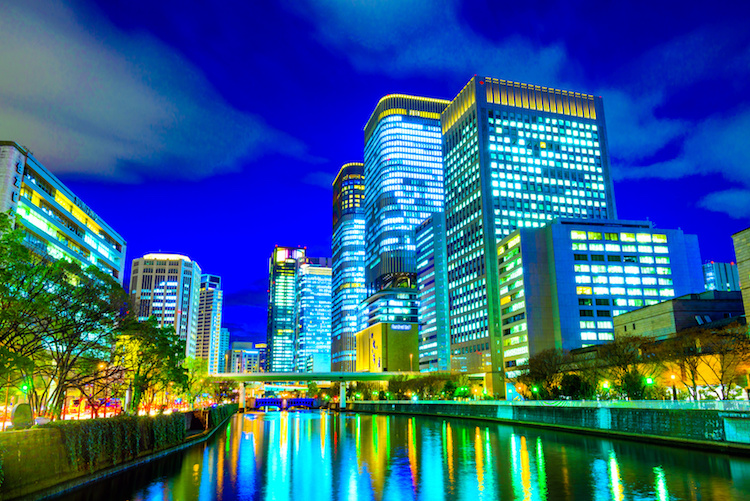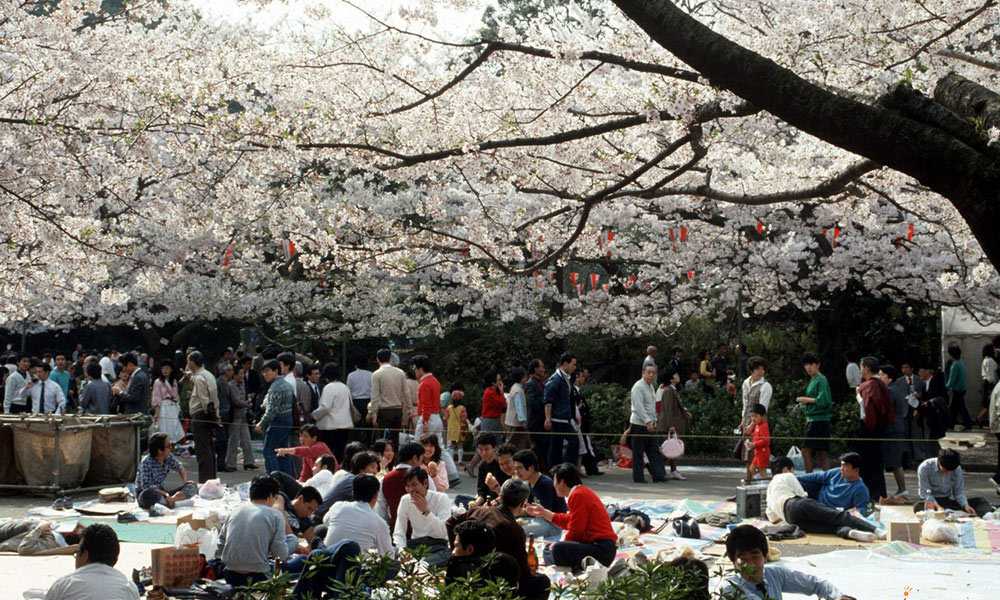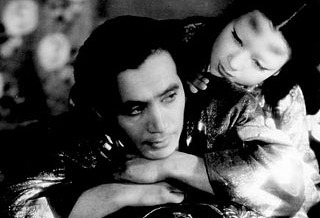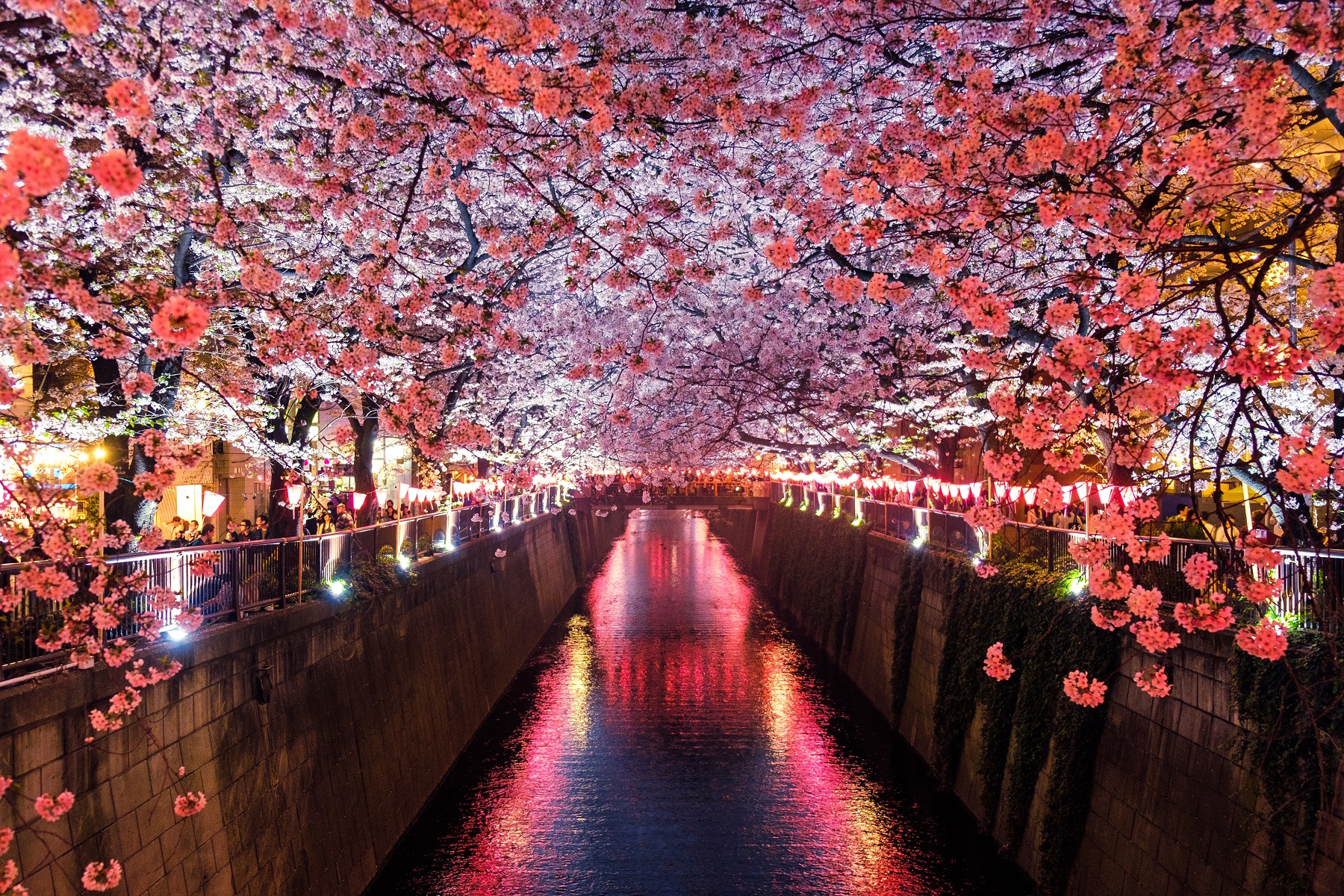Color Yoro World
By Steven Kenworthy
Autumn’s annual symphony of color should be in full bloom within the next month or two, and taking a day to hike outside the city is really the best way to enjoy it. The area around Mt. Yoro and Mt. Tado, located to the west of Nagoya, where the Suzuka Range straddles Mie and Gifu prefectures, has some spectacular trails that are ablaze with deep red and yellow at this time of year.
Both Mt. Yoro and Mt. Tado are easily accessible by train and offer trails that range from relaxing strolls to moderately challenging hikes. To get there, board either a JR or Kintetsu train from Nagoya Station bound for Yokkaichi or Tsu. Kuwana is one of the main stops along the way, and it takes about 20 minutes to get there on an express train (add another 10 or 15 minutes if it’s a local). At Kuwana, you should transfer to the rickety little Kintetsu Yoro Line. Within a few minutes, the beautiful views out of the west windows will give you a good idea of what to expect. Unless you take the Limited Express, the train fare from Nagoya to the Tado/Yoro area will cost less than ¥980 return.
Tado Station, your first hiking option, is about 15 minutes from Kuwana. Mt. Tado has a good network of well-marked trails centered around Tado Shrine, a place better known for the annual springtime Tado Rising Horse Festival (Age-Uma Shinji). The bus service from the station to the shrine is not that frequent. Walking takes about half an hour and there are several signs pointing the way as it’s the biggest attraction in town.
The paved service road starts at the shrine and goes right to the top of Mt. Tado; this is the easiest way to get up Tado’s 403-meter vertical rise. A more difficult trail to the top branches off from the pavement shortly after the shrine. Count on it taking anywhere from 30 minutes to an hour to get to the summit, but don’t worry about getting lost: several large maps are posted throughout the trail system. Mt. Tado’s trails are also popular with mountain bikers, so keep an eye out – you just might get a fat tire in the back of the leg.
The huge communication towers atop Mt. Tado are a bit of an eyesore; fortunately, the foliage itself is so stunning when the fall colors are at their most vivid that you will hardly notice them. The biggest attraction up top is the viewing platform, from which Nagoya is visible on clear days. Astonishingly, there are no vending machines, just a water fountain.
There are a few ways to journey down from the mountain. The best fall colors can be seen by continuing along the paved road. Beyond the communication towers, it narrows into a hiking trail that takes you on a two-hour descent through a heavily forested area. At the bottom, a concrete swimming area has been formed out of the river that runs through the valley. It’s overrun with rugrats during the summer, but is a calm place to dip your toes during the fall. From there, it’s one kilometer back to Tado Shrine.
Those desiring a longer hike in the Tado area should continue another 15 minutes on the Yoro train and get off at Ishizu Station. By climbing Mt. Ishizu and then heading south, you will meet up with the Tado trail, adding another three hours to your hike. Take a left after leaving the station and go straight for a few minutes until you come to the first main street. Turn left and follow the road as it takes you up a gradual slope that leads to the foot of the mountain and the trailhead. This trail is well maintained and easy to follow, but there are not as many maps here.
As with most things in life, the best is saved for last. Stay on the Yoro Line for another 20 minutes past Ishizu Station and you will come to Mt. Yoro, a local hotspot for seeing autumn’s big show. A well (some say overly) developed commercial area is built up at the foot of the mountains, making it easy to find.
Yoro Falls, reputedly one of the “100 Most Beautiful Waterfalls in Japan”, lies just beyond the food and trinket stalls. Its water is also on some Best-100 list and supposedly does everything from curing baldness and blindness to restoring health, youth and ensuring a long life. They brew a pretty good local beer with it, too.
The hiking trails begin after the waterfall. There are three mountains and several trails to choose from: Mt. Yoro is the highest mountain in the area at 859 meters, followed by Mt. Ogura (841 meters) and Mt. Mikata (730 meters). The extensive network of paths is well marked and mapped. Whichever peak you tackle, give yourself three to four hours to reach the top.
Where you find the best colors depends largely on when you go. Early in the fall, the best will be at the highest elevations, while the trees at the valley bottom are at their finest in mid- to late November. Don’t forget your camera.





